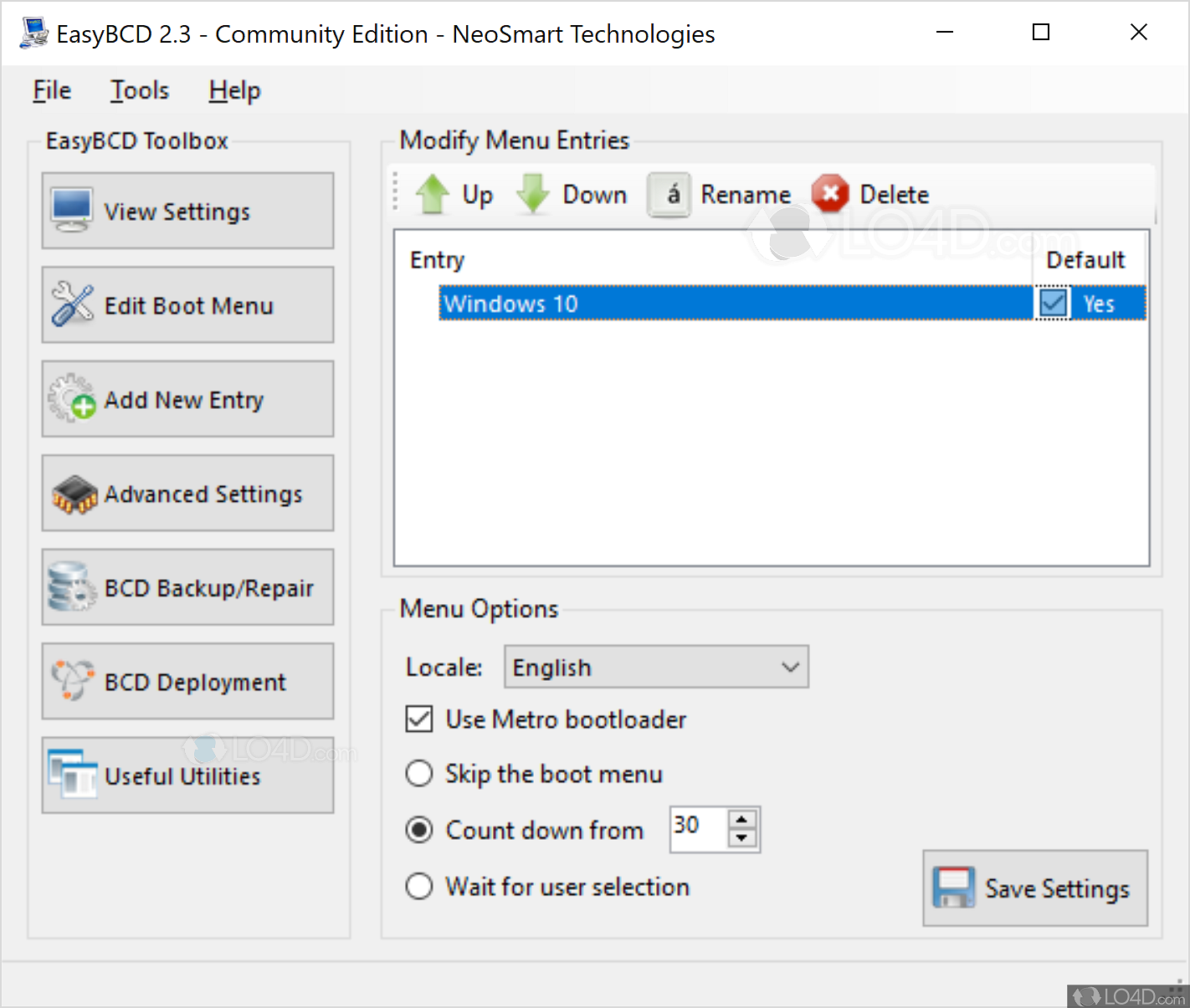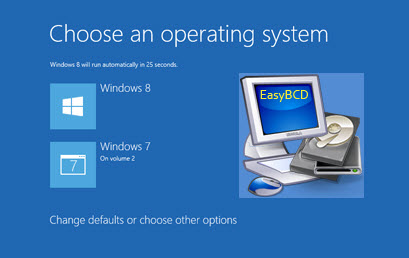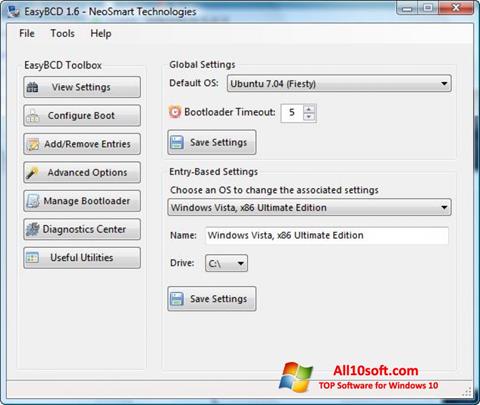

To proceed, just start Disk Management from the Windows environment ( Windows + R, diskmgmt.msc ), select the hard disk, right-click it, and choose to Shrink Volume. When the system restarts, it will be possible to choose – conveniently – whether to start the main operating system or, in our case, the Macrium Reflect maintenance and recovery environment.Īs we have proposed above, a good idea could be to create a partition dedicated to storing ISO files with the maintenance tools that you intend to add to the Windows boot menu. The advice is to request, where possible, the loading of the operating system into memory, especially in the case of the lighter tools.Īfter clicking on Add entry, you will find the entry that allows loading the ISO file contents in the View settings section of EasyBCD.

To proceed, simply click on Add an item and, in the case of bootable files in ISO format (in the article Rufus, a guide to using the program to create bootable media, you can find various information on the ISO format), select the ISO tab then set the file to start in the Path box. Therefore, instead of inserting a USB key, thanks to EasyBCD, it is possible to load the contents of an ISO or VHD file from the boot menu when the system is turned on.

Suppose you often use some system maintenance tool: it might make sense to store it in an ad hoc partition on the disk, then use EasyBCD to add a command to load the utility to the boot menu. It should be noted that EasyBCD allows starting at boot even those old Windows operating systems that are no longer supported by Microsoft (for example, Windows 2000).įew people know that the system is bootable even from an ISO or VHD image.


 0 kommentar(er)
0 kommentar(er)
